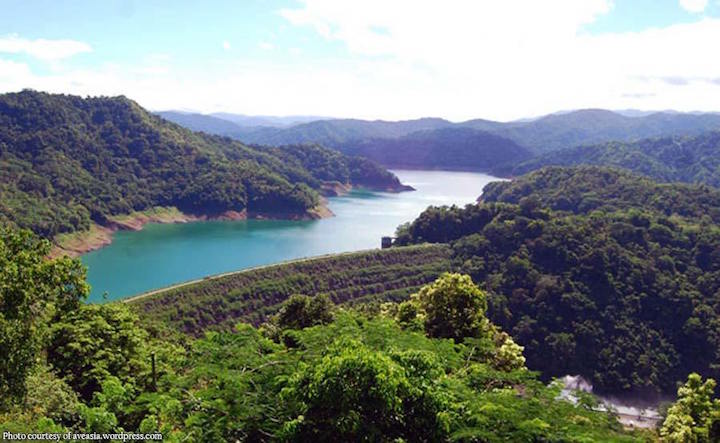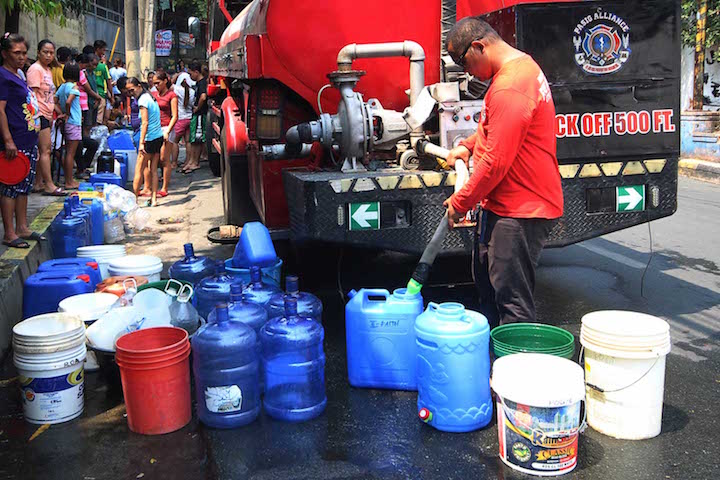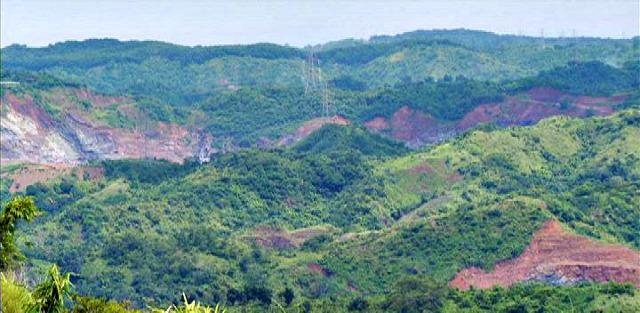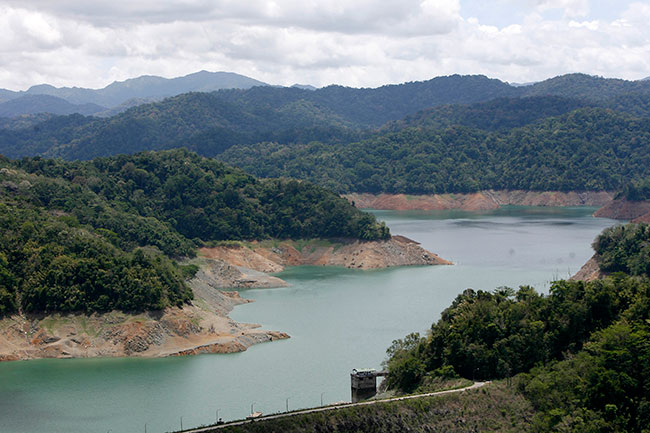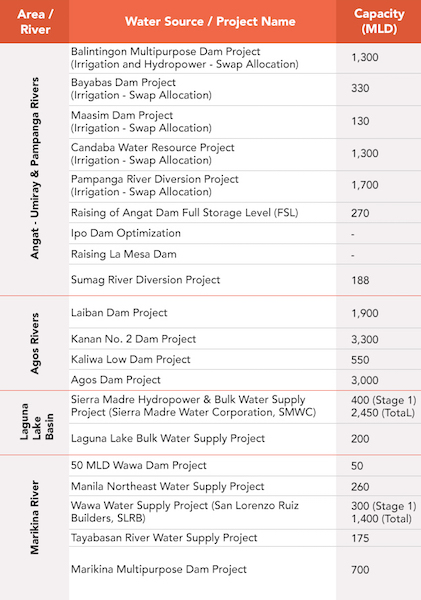The New Centennial Water Source, more commonly known as the Kaliwa Dam, is a project of the Metropolitan Waterworks and Sewerage System (MWSS). It’s basically the development of a new water source so that the increasing demand for water remains satisfied.
The dam would occupy Quezon province, an area in the Sierra Madre Mountain ranges to be exact. It is estimated to cost around Php 12.2 billion with 85% of the funding coming from China’s official development assistance. Upon completion, the dam will be supplying around 600 million liters of water a day to Metro Manila.
Photo courtesy of Aileen Taliping
Now that we have a basic understanding of what the Kaliwa Dam is, we have to ask some questions.
Is it necessary?
Given the recent water crisis in Metro Manila, and the continued water interruptions, it’s impossible to say that no problem exists. Government officials and the water concessionaires assert that it all leads back to the inevitable water shortage.
(Does the Philippines really need the Death Penalty?)
The steady increase in water usage and demand has brought us to the point that the existing water sources – the La Mesa, Angat, and Ipo dams – simply aren’t enough to fulfill our needs. While experts predicted the true crisis to arrive in 2021 or 2022, the recent dry season helped to precipitate a preliminary crisis.
Photo courtesy of Darren Langit/Rappler
Byron Carbon, an MWSS official, has promised that “the Kaliwa dam would bring an additional 600 MLD [million liters per day] per day onstream, in the process securing Manila’s water supply for the next 10 to 15 years.” It would also add 2,400 MLD to the existing 4,000 MLD supply used for 20 million people.
In short, yes, Metro Manila and the surrounding areas do need a more sustainable source of water.
What are the harms?
There are two main issues when it comes to the Kaliwa dam. The first is its environmental impact and the second is the displacement of people who call the Sierra Madre their home.
In terms of the environment, the Haribon Foundation has declared the dam enormously damaging to the biodiversity of the area. A number of threatened wildlife species, including the critically endangered Philippine eagle, call the land their home.
(Bill lowering the age of criminal liability to 9 is widely supported by politicians)
The environmental group has named the Philippine Hawk-eagle, the Philippine Brown Deer, the Philippine Warty Pig, and the Vulnerable Northern Rufous Hornbill as those whose survival will be directly jeopardized. These are also animals which cannot be found anywhere else in the world.
Sierra Madre’s plant life is also a definite loss. Aside from the 28,000 hectares of forests which will be lost the dam itself will likely change the dynamics of the natural area.
According to Maria Belinda de la Paz, Haribon chief operating officer, it “may also alter the water temperatures and small habitats downstream. This freezing water significantly lowers the temperature of sun-warmed shallow water, rendering them unfit for certain kinds of fish and other wildlife that largely depend on regular temperature cycles and balanced oxygen content.”
(Should it be required to vaccinate your children?)
This, in turn, affects the communities in the area as well. Although not all of the communities will be asked to move an estimate of up 20,000 people are put at risk due to the dam. The change in the ecosystem means their way of life and livelihood (which are heavily dependent on the wildlife) will be severely threatened. Which is also why these same communities are loath to be resettled.
Photo of the Sierra Madre Mountain ranges from GMA
Even if they are promised housing they worry about sustaining themselves since the mountain ranges are all they have ever known. Wilma Quierrez Valiente, from the Dumagat community of Quezon, explains: “The construction of the dam means death for indigenous people. The environment, the forest, and rivers serve as our hospital because of the herbal plants, and as our marketplace and source of food; the land is our cultural heritage. If we are displaced, it will mean death because we do not know any other way of life.”
A more difficult issue to untangle is the connection these people have to the land. The Sierra Madre Mountain ranges have been acknowledged as their ancestral lands. Their ties to it go beyond the pragmatic and symbolize their history and culture. Many of these lands also serve as sacred to the indigenous groups.
(What is a party-list — and why should you even care about them?)
Given that the needs of different groups are coming in conflict, one might weigh which is more important than the other. But first, it’s important to ask if there are other options.
Are there alternatives?
Although the options have never been weighed against one another, there are several viable alternatives.
Photo from Manila Times
One of the most talked about is a Japanese-funded Kaliwa dam. Osaka-based Global Utility Development Corp. (GUDC) has made it known that they too offered a bid for “a far less environmentally impactful seven-meter dam at Kaliwa.” While it affects the same area, the lower height means it is less likely to overflow and pose an environmental threat while also removing the need to displace anyone. It would also be much cheaper and leave the Philippines less in debt.
GUDC chief operating officer Toshikazu Nomura has said this on the matter: “We cannot understand why MWSS wants such [a] high dam, we need only 600 MLD. It does not make common sense.”
(Do we still need to give up seats for women in public transportation?)
The IBON Foundation, an NGO providing research, information and education services to people’s movements in the Philippines, has also proposed the rehabilitation of the Angat dam be sufficient. This, along with the revitalization of the Wawa River project and the use of Laguna Lake would make the Kaliwa dam unnecessary.
The World Bank also released its own study in 2012, enumerating all possibilities for a water source:
World Bank Summary, 2012; Some values may have already changed
Of course, the answer isn’t as simple as to say that all alternatives are equal or even viable. They must still be measured against each other until a proper evaluation is made. It should also be remembered that there are varied interests coming from different groups which are at stake.
So, what do you think?
Sources: Rappler, GMA, The Diplomat, CNN, Rappler

